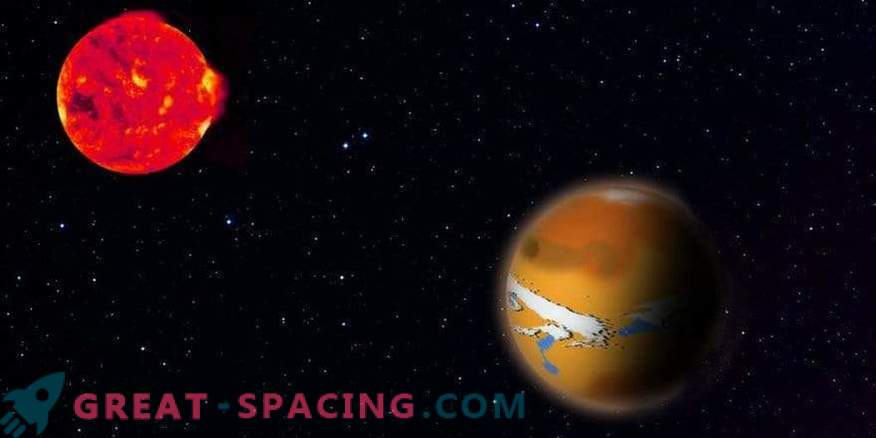
Artistic interpretation of TRAPPIST 1d (right) and main star TRAPPIST 1 (left)
New simulations show that the search for life on other planets may be more difficult than previously thought. The analysis revealed that unusual patterns in the air flow can hide atmospheric components during a telescopic view, which affects the formation of a search strategy.
Modern methods of searching for life outside our system are based on atmospheric analysis. That is, the researchers are looking for chemical compounds secreted by living beings. One of the possible indicators is ozone.
In the earth's atmosphere, these compounds create an ozone layer that protects us from harmful UV rays. On another planet, it may indicate the presence of bacteria or plants producing oxygen.
But now researchers from the Max Planck Institute (Germany) say that these indicators can be hidden from our eyes. The team examined several nearby exoplanets resembling the Earth. Among them, Proxima b and the promising world of TRAPPIST 1d. These planets make revolutions around the stars in 25 days and less, which is why one side is constantly turned towards the star. Scientists modeled the air flow in such conditions and it turned out that the created gap can affect the distribution of ozone in the atmosphere: it is concentrated in the equatorial region.
It turns out that the absence of ozone in observations will not say that there is no oxygen at all. Perhaps he is in a different location or well hidden. This distribution will affect the habitability, because most of the planet is deprived of protection from UV rays.
Proxima b and TRAPPIST 1d rotate around red dwarfs that release small portions of harmful rays. Scientists hope that with the launch of the telescope of James Webb will be able to more fully understand this issue. But for now they only note that the search for life is much more difficult than they were originally intended.











































